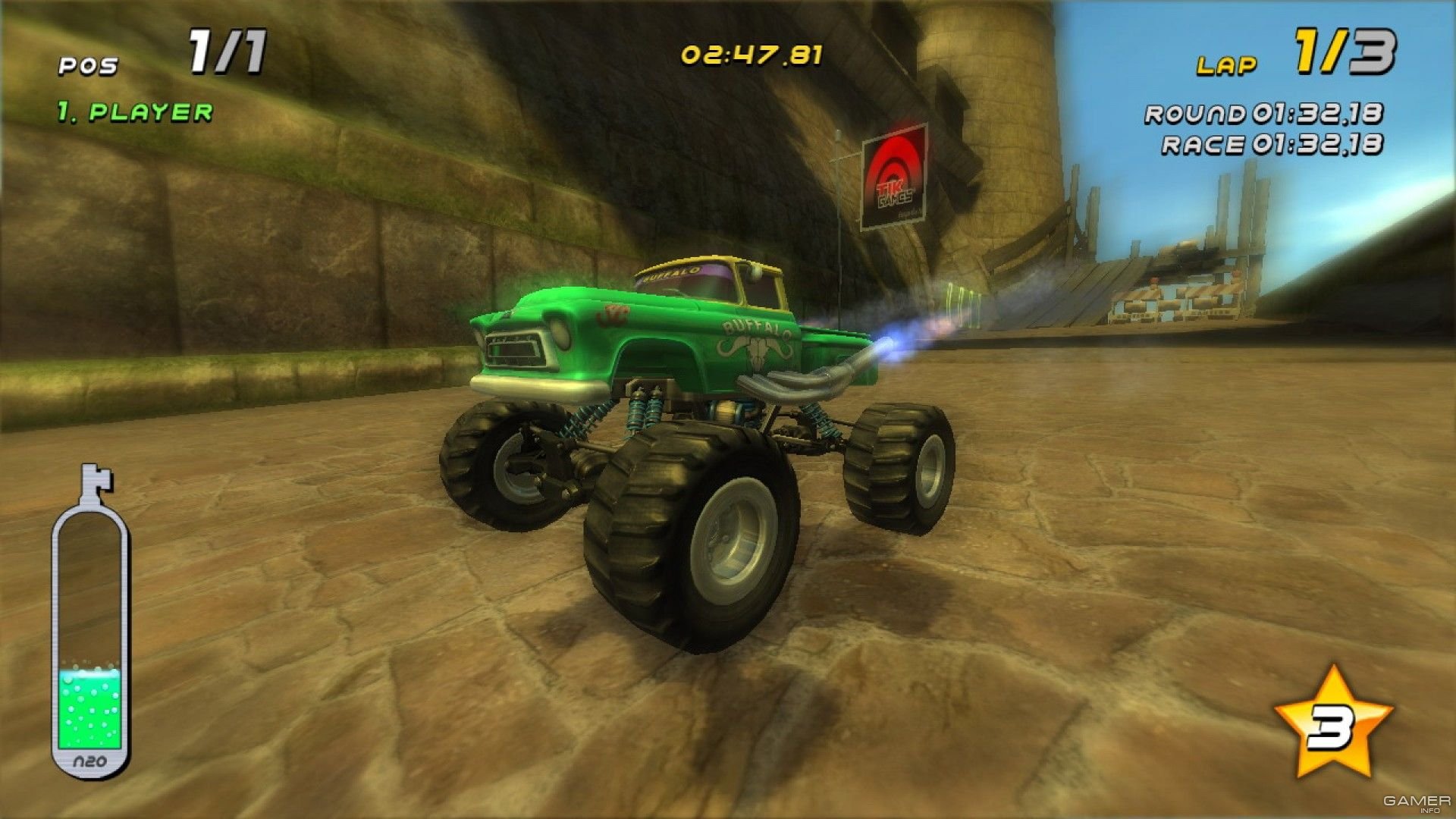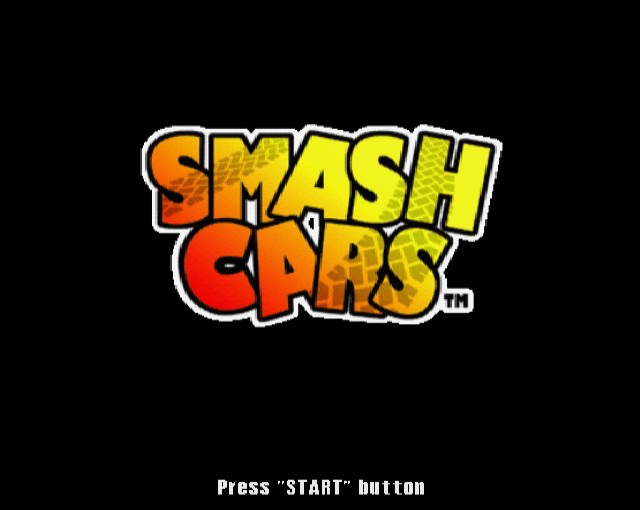

The locomotive crash was planned for the park's annual opening day and drew approximately 20,000 spectators. Buckeye Park was established and owned by the railroad to entice residents of nearby Columbus to take weekend excursions. In 1896, Katy agent William Crush proposed a publicity stunt that could make use of the obsolete Katy trains to be held along the Dallas–Houston route at a site 14 miles (23 km) north of Waco and 3 miles (4.8 km) south of the town of West, in McLennan County.Ī locomotive crash staged by the Columbus and Hocking Valley Railroad at Buckeye Park near Lancaster, Ohio on had been a huge success. As the railroad expanded, the Katy replaced its 30-ton steam engines with newer, more powerful 60-ton engines, and subsequently a stockpile of the older units, for which the railroad now had no use, began to accumulate. The Missouri–Kansas–Texas Railroad (popularly known as the "Katy", from its "M-K-T" initials) had first reached the Crush area in the 1880s, during the construction of a route between Dallas and Houston. Unexpectedly, the impact caused both engine boilers to explode, resulting in a shower of flying debris that killed two people and caused numerous injuries among the spectators. No admission was charged, and train fares to the crash site – called Crush, set up as a temporary destination for the event – were offered at the reduced rate of US$3.50 in 1896 (equivalent to $125.35 in 2023) from any location in Texas.Īs a result, an estimated 40,000 people – more people than the second-largest city in state at the time – attended the event. William George Crush, general passenger agent of the Missouri–Kansas–Texas Railroad, conceived the idea in order to demonstrate a staged train wreck as a public spectacle. state of Texas that took place on September 15, 1896, in which two uncrewed locomotives were crashed into each other head-on at high speed.

The Crash at Crush was a one-day publicity stunt in the U.S.

The locomotive boilers explode during impact


 0 kommentar(er)
0 kommentar(er)
